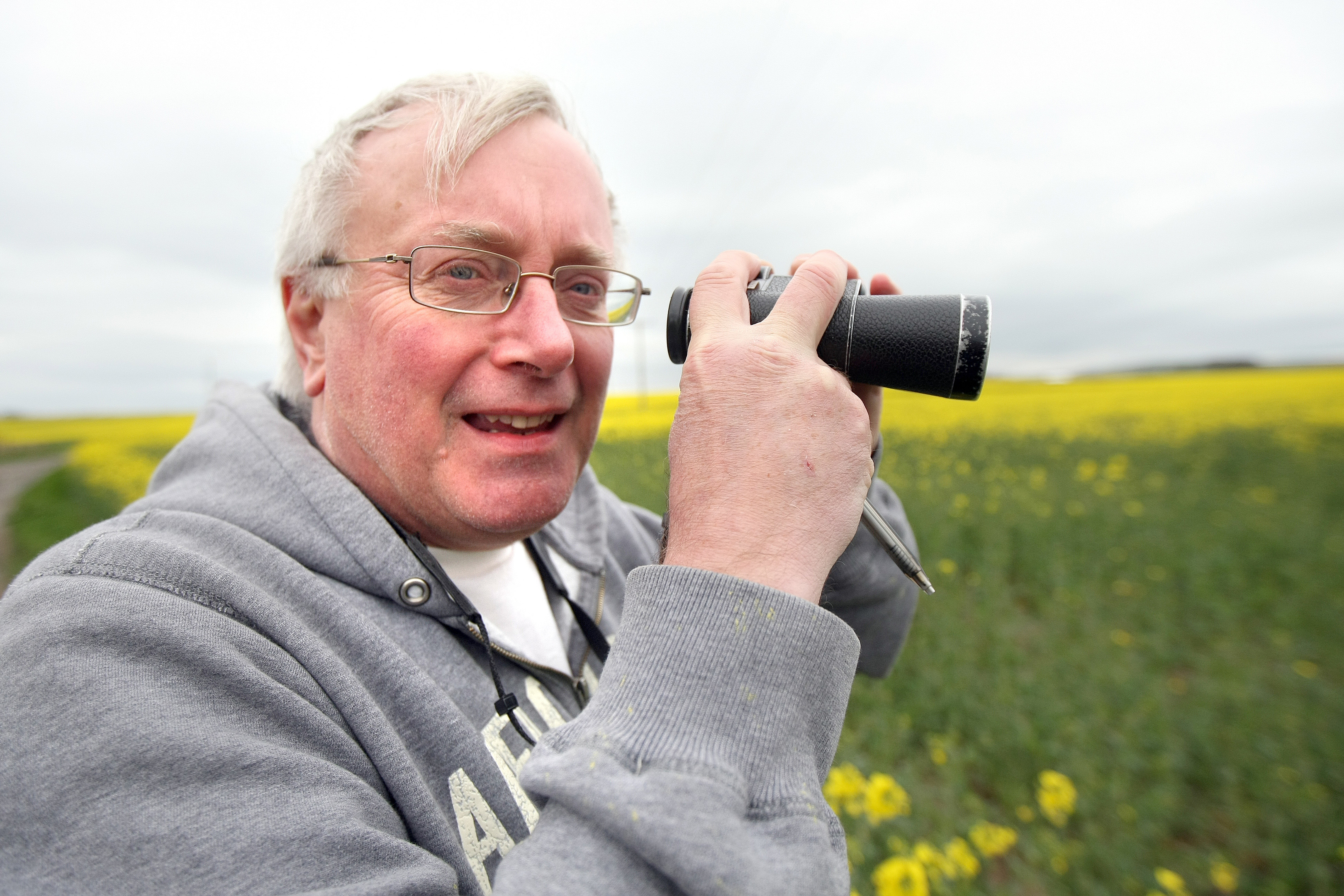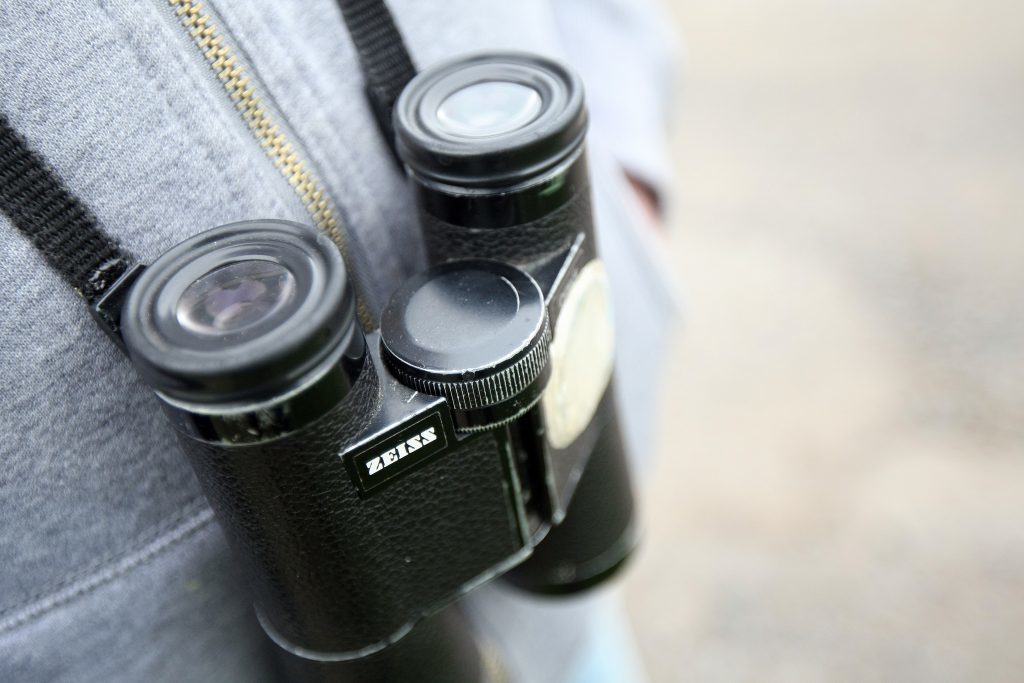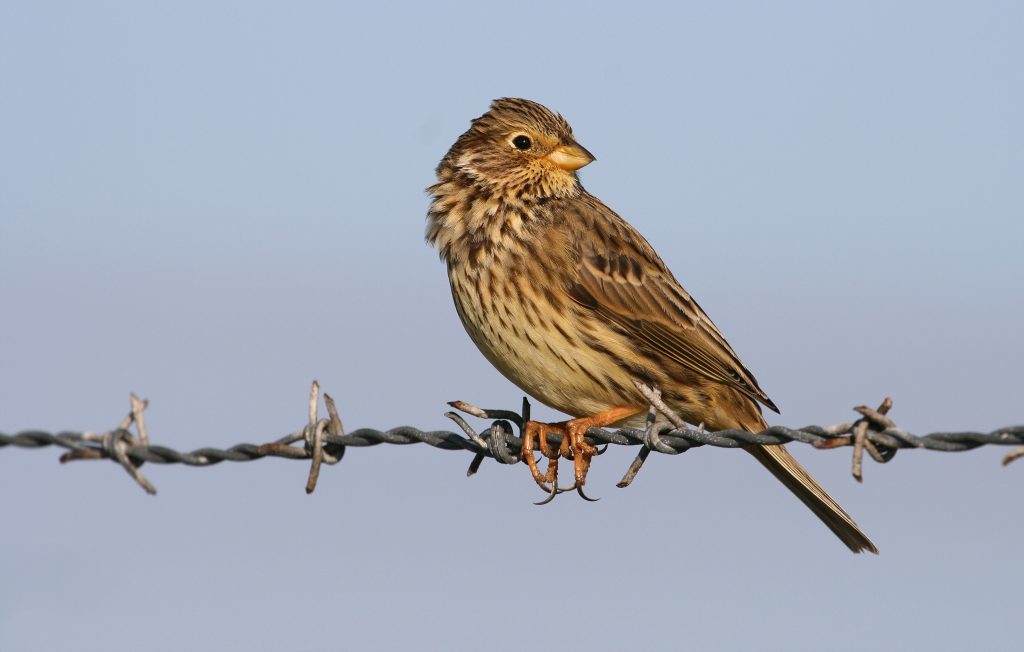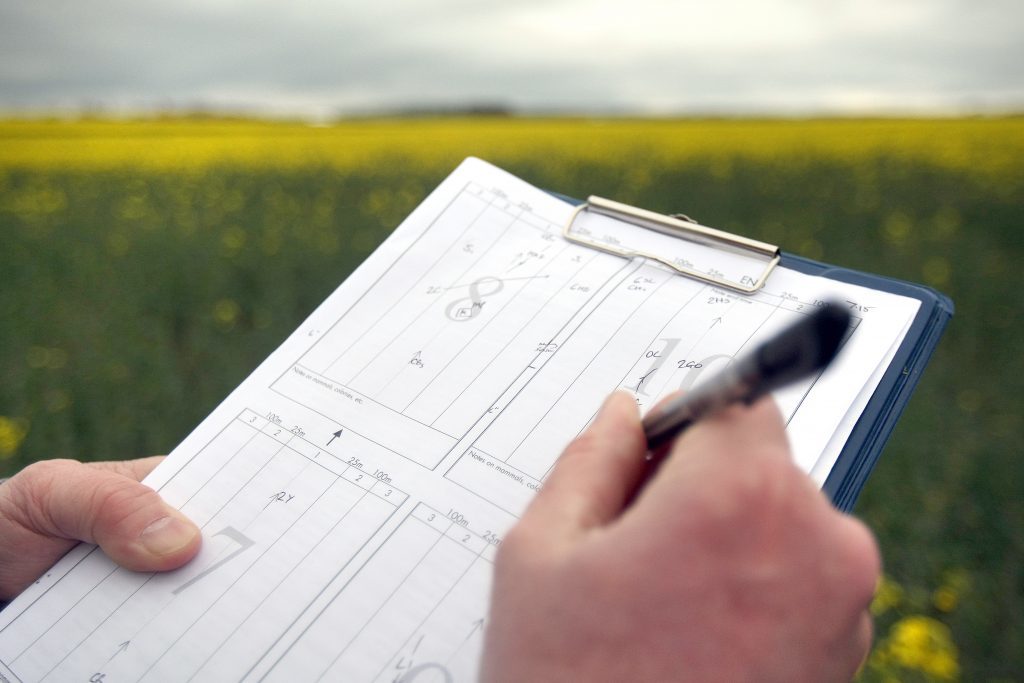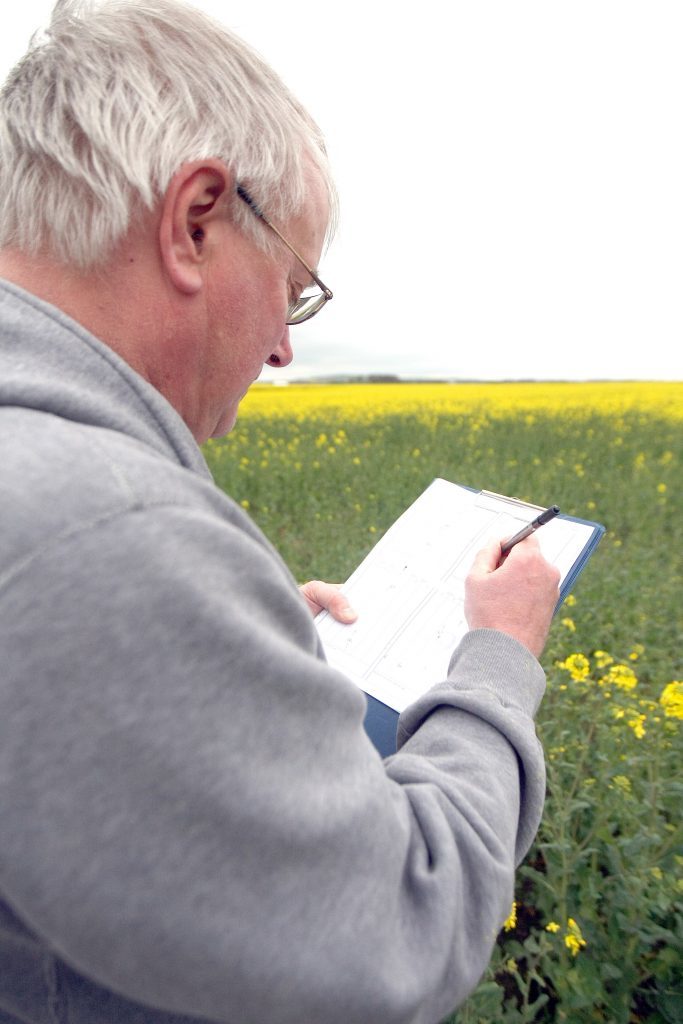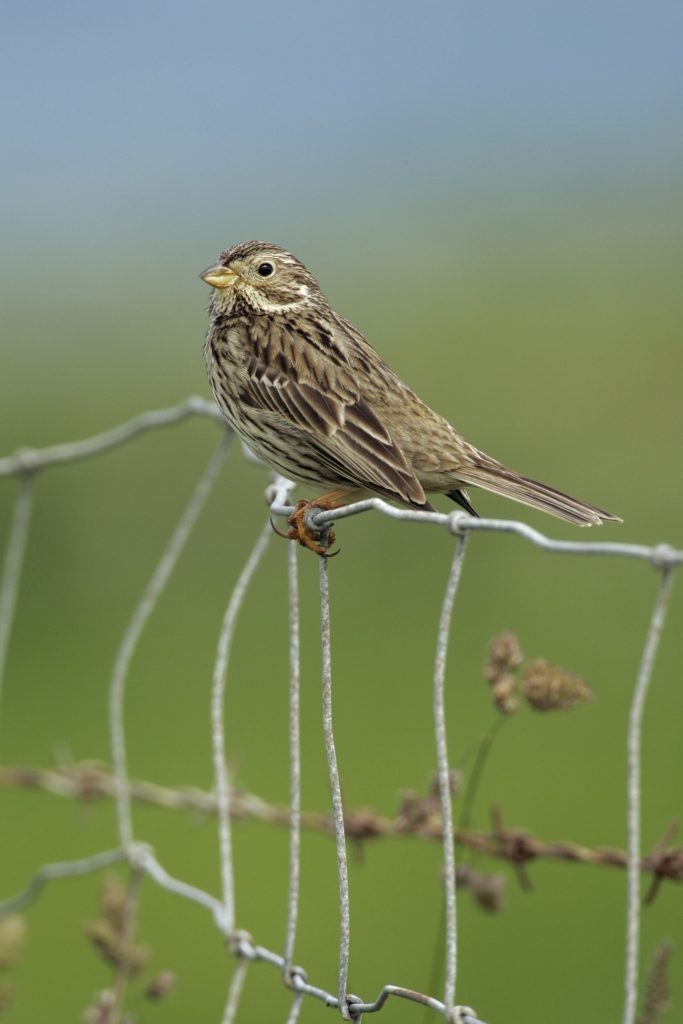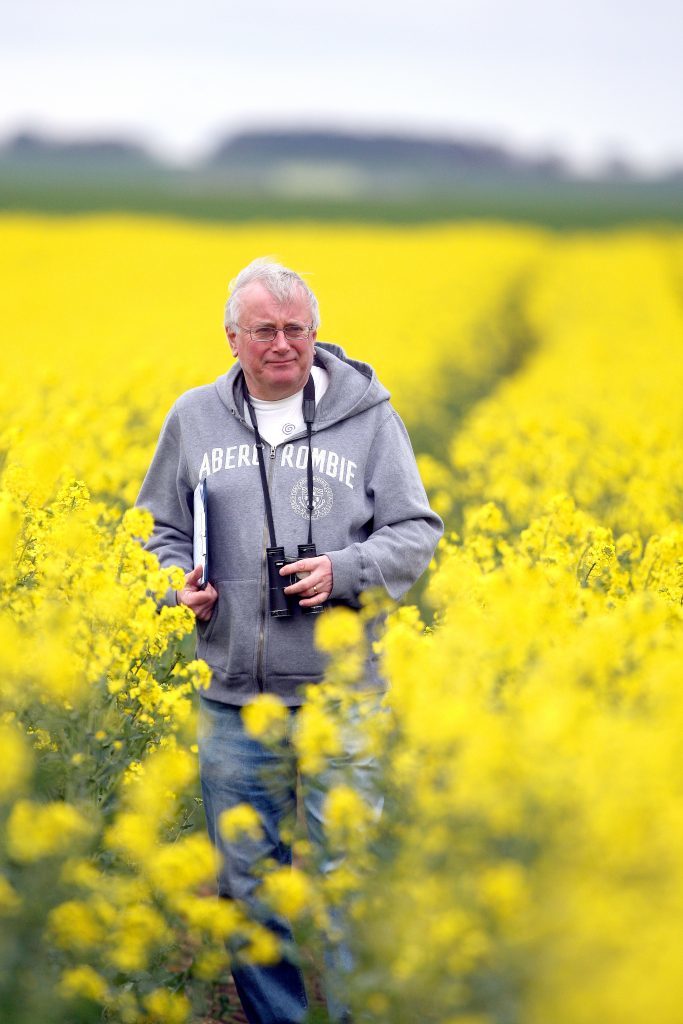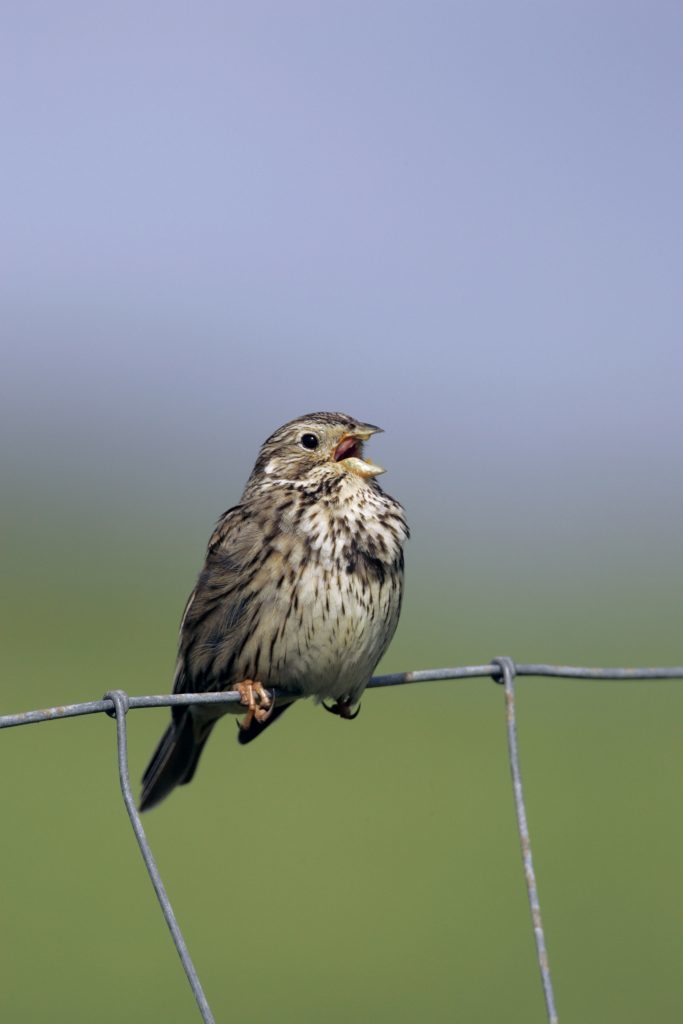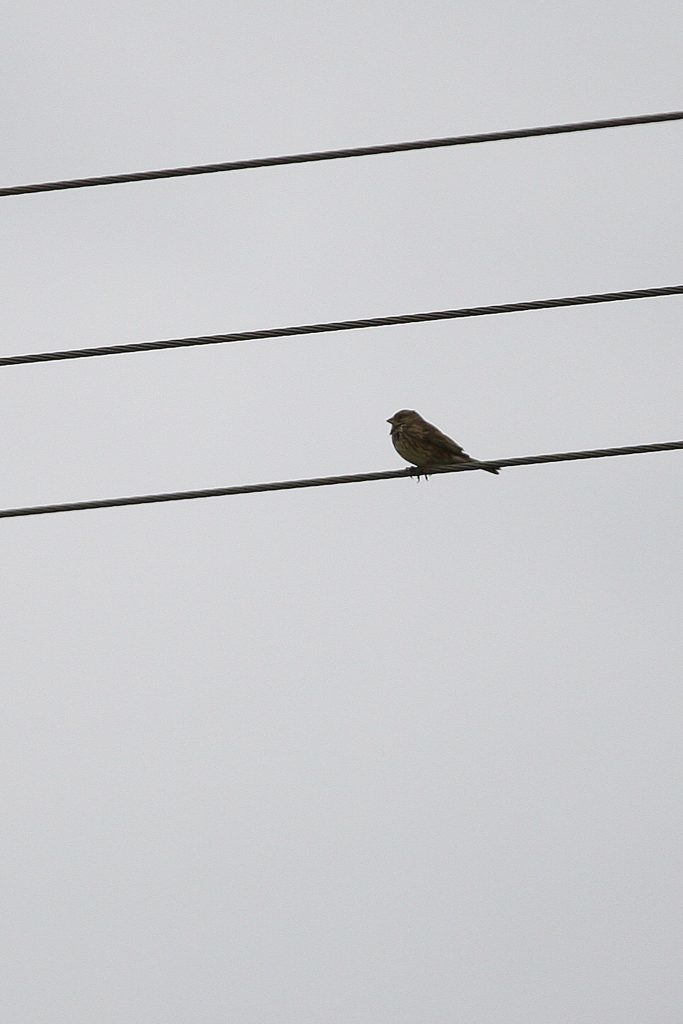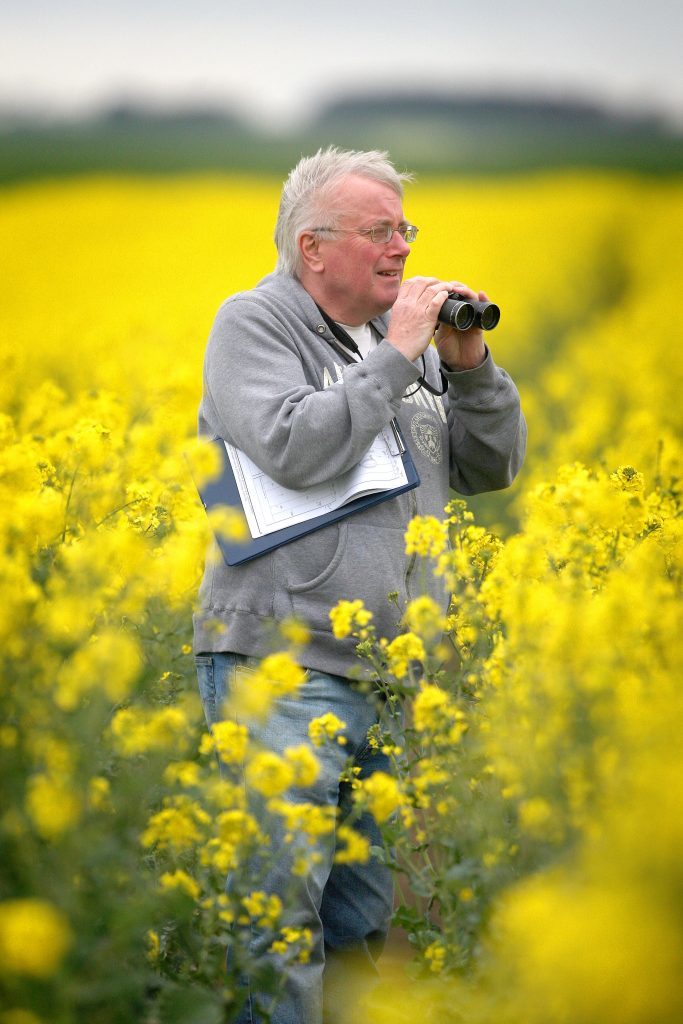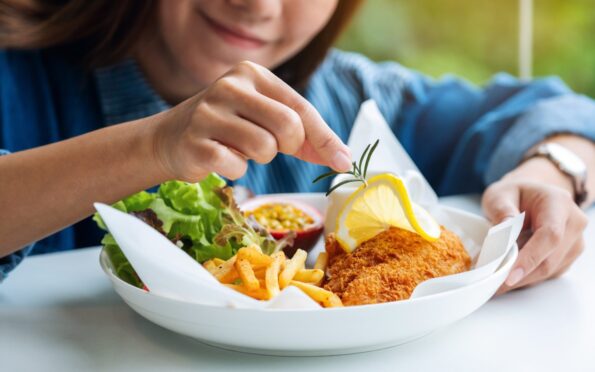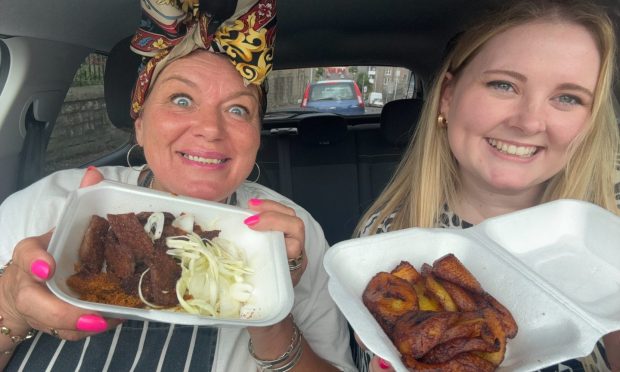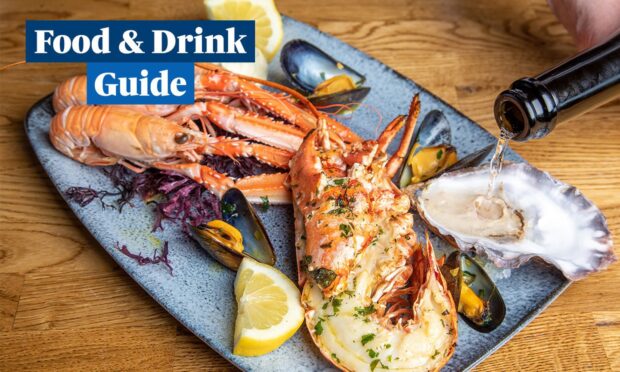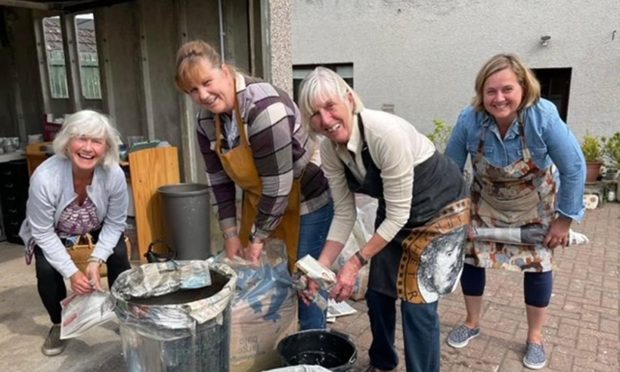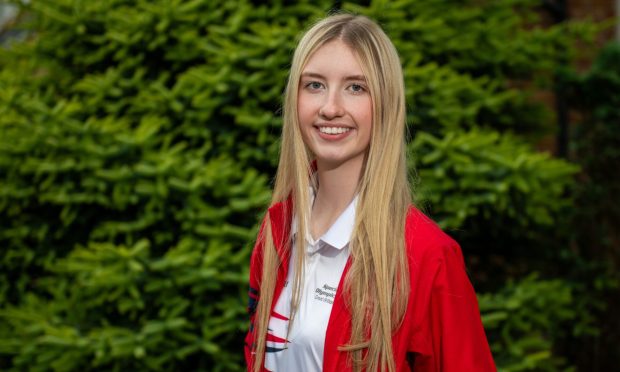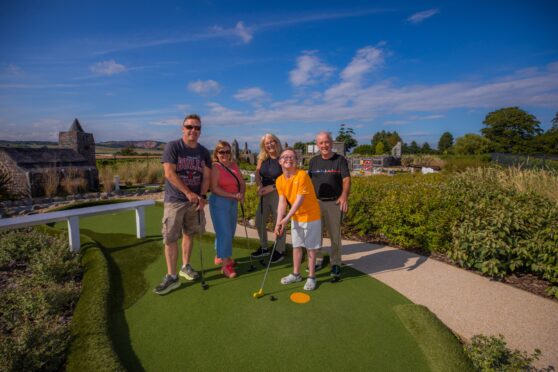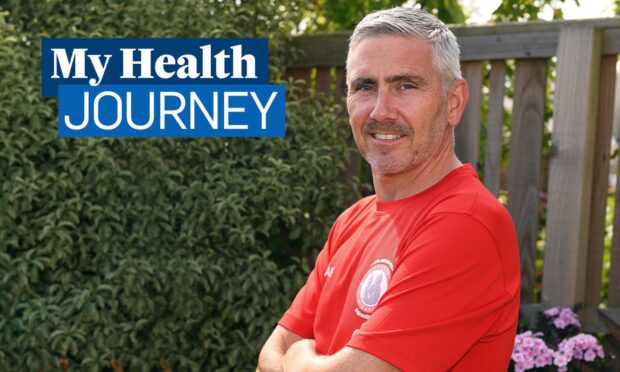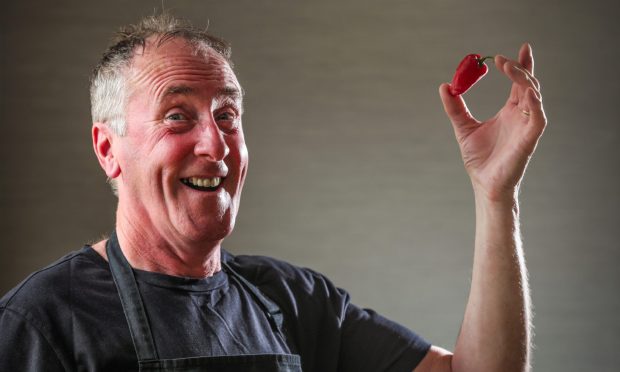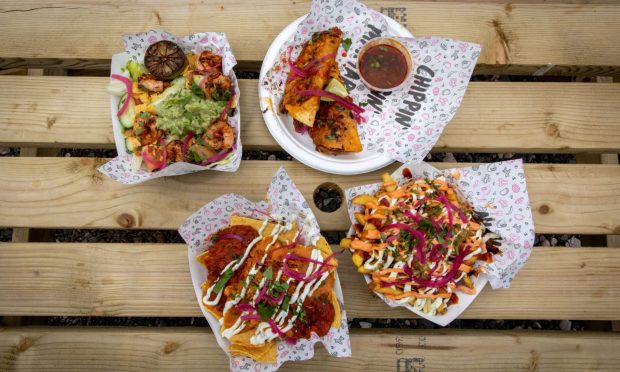If you thought bird watching belonged to a bygone era, when all you needed was a notebook, binoculars and a flask of tea, think again.
According to Kirsty Nutt, communications manager for RSPB Scotland, birdwatching is probably more popular than ever as social media makes it possible for birdwatchers around the country, and even the world, to chat, meet up, share knowledge and make friends with each other.
And there’s even more good news for our feathered friends – even the younger generation are getting into birdwatching.
“It is certainly becoming more popular among young people across the UK, largely down to social media and organisations such as A Focus on Nature and Next Generation Birders,” says Kirsty.
Events that the whole family can take part in, like the RSPB’s Big Garden Birdwatch each January, are also encouraging people to watch the birdie.
“This year around 500,000 people took part in the Big Garden Birdwatch,” smiles Kirsty. And with almost 12,000 volunteering with the RSPB, it seems the future of our birds and other wildlife is in safe hands.
And that’s just as well because a report called The State of the UK’s Birds 2016 concludes that more than a quarter of the UK’s bird species are now on the Red list of Birds of Conservation Concern 4.
“Across the UK, between 1970 and 2014, some of our most familiar birds suffered dramatic declines in numbers, including starlings by 80%, song thrushes by 53% and house sparrows by 66%,” says Kirsty.
“Many iconic farmland birds have declined too, for example, curlews by 64%, lapwings by 63% and skylarks by 60%, while corn buntings have declined by a staggering 90%. We shouldn’t lose hope though as there is plenty that can be done to help these birds and other wildlife,” she continues.
One man on a mission to save the corn bunting is Simon Hayhow, 60, who has been dedicated to bird watching and recording wildlife since he was 12. A museum director at the Scottish Fisheries Museum by day, in his spare time he swaps boats for binoculars, dedicating early mornings, evenings and days off to the RSPB’s corn bunting recovery project in Fife.
Corn buntings, dumpy little seed-eating brown birds usually seen perched on a wire or post, may not be the most eye-catching examples of avian beauty but, for Simon, they have a charm of their own.
“They have always been a favourite of mine despite their lack of showy plumage – or maybe because of it,” he smiles.
“They are charismatic birds with a very distinctive ‘jangling keys’ song and to me they epitomise a summer’s day on our farmland.”
Corn bunting.
As he scans the farmland behind Anstruther through his binoculars in search of the elusive bird, he explains the project is about understanding the ecology and needs of a rapidly declining species and then working with farmers to help halt the decline.
“The combination of a late breeding season, a preference for nesting in growing crops and an insect and seed diet centred on grains, have all played their part in making these little birds especially vulnerable to modern agricultural practices,” he says.
The study involves early morning visits to a designated farm to map the species and a number of other farmland species, plus relating territories to the crops grown and habitats available.
The good news is that the project is bearing fruit. “Tangible benefits and a halt to the decline are already apparent so there is real optimism that we can help the future of this species,” Simon says.
Helpful measures include farmers planting plots of winter seed crop, including mixes with clover to provide ideal cover for nests.
“That seems to be making a real difference along with cutting crops late in the year so they don’t destroy nests and young,” he continues.
https://www.youtube.com/watch?v=3eUUkgnQ7wY
.
“I love getting out into the countryside with a real sense of purpose and feeling that I’m helping in a small way to secure the survival of this characterful bird.”
To find out more, visit www.rspb.org.uk and if you’d like to volunteer go to the website’s volunteering page.
